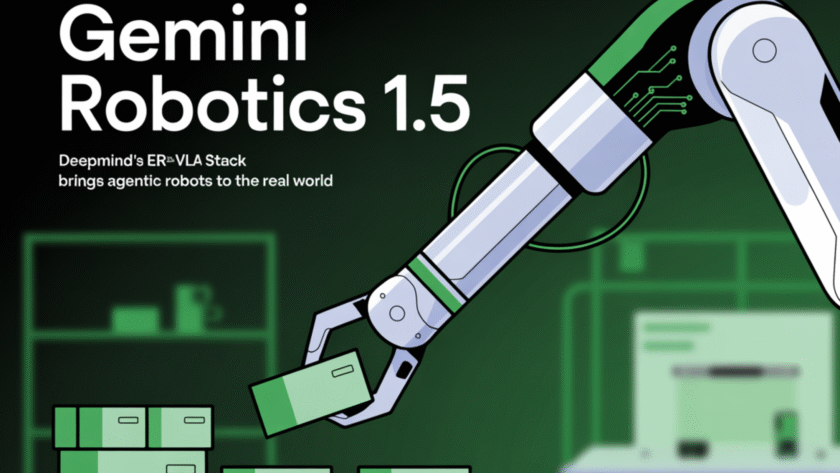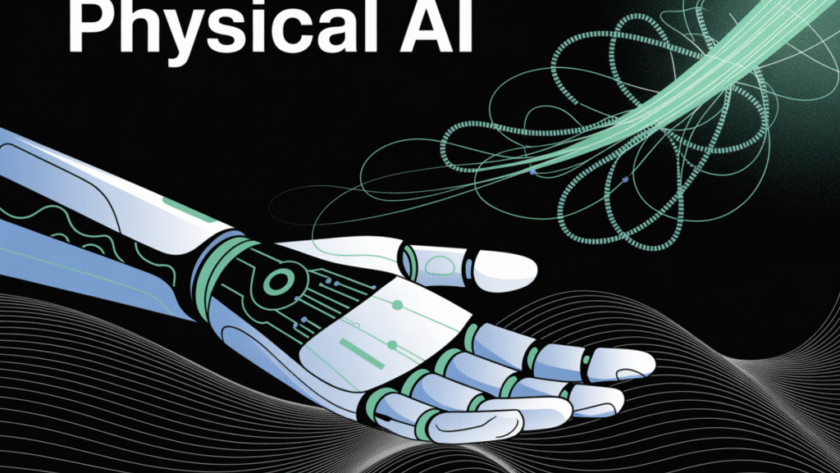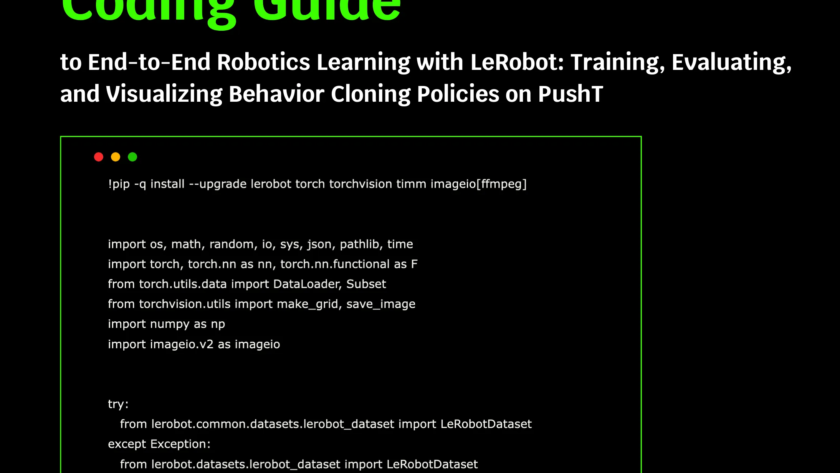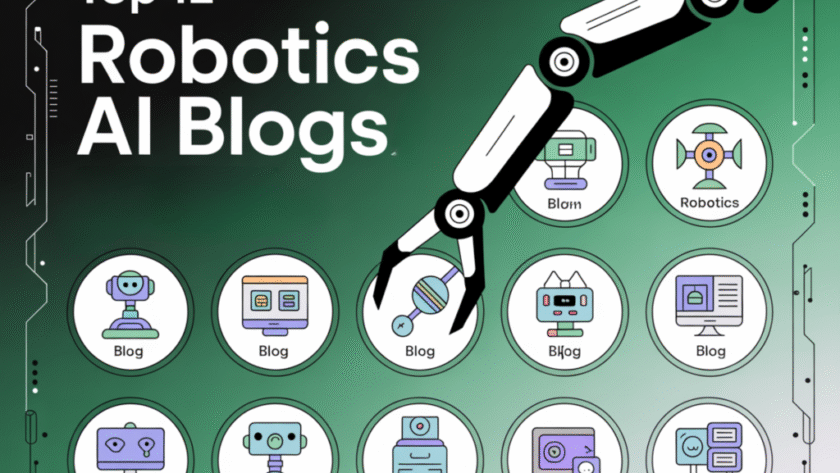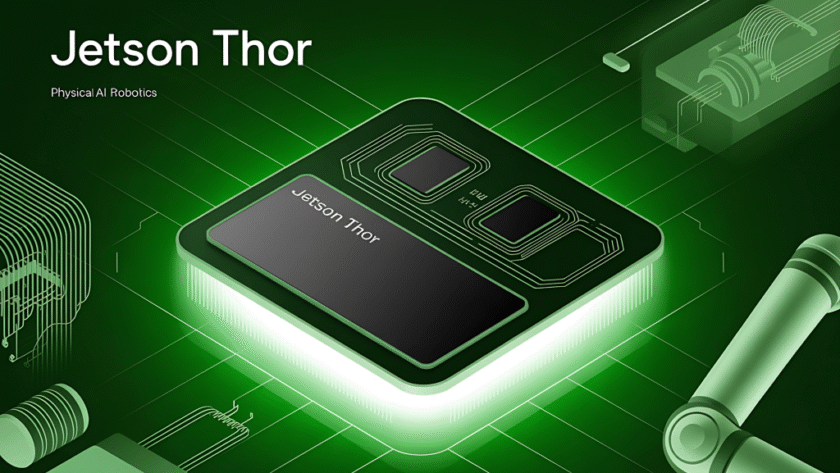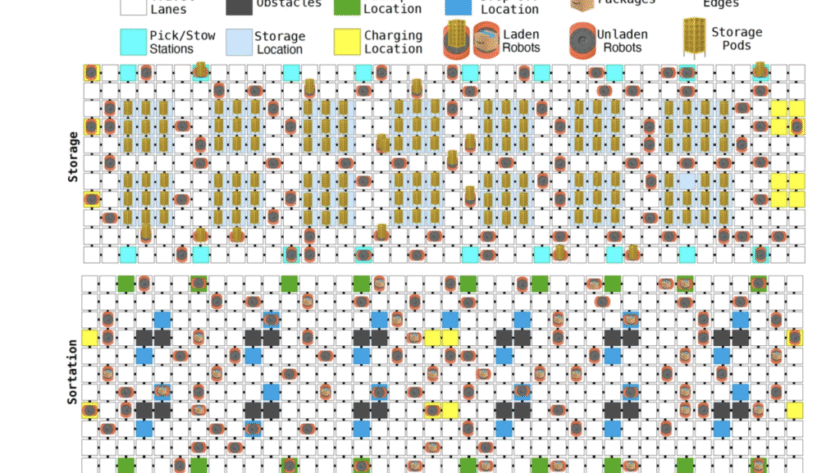Google DeepMind has released SIMA 2 to test how far generalist embodied agents can go inside complex 3D game worlds. SIMA’s (Scalable Instructable Multiworld Agent) new version upgrades the original instruction follower into a Gemini driven system that reasons about goals, explains its plans, and improves from self play in many different environments.
From…




